If you have been in the LS game for any length of time, you probably already know the factory LS3 intake manifold is tough to beat. If you need further proof, check out the LS3 intake videos up on my Richard Holdener YouTube Channel to see how 20 or so carbureted and EFI intakes compared to the factory manifold.
The reality is that GM engineers did a fantastic job of making an intake very well suited to not only a stock 6.2L LS3, but almost every other variant adorned with LS3-style rectangular port heads. Sure, short-runner intakes can sometimes make more power at very high rpm, but they almost always trade a bunch of low-speed torque in the process.
What the LS world needed was an intake that offered not just power gains at one end of the rpm or the other, but to do so without sacrificing a ton of power elsewhere. So far, most attempts at LS3 intake manifolds had been of the sacrificial sort. Given the difficult task at hand, many had simply steered away from their attempts at the LS3 intake market. After all, why would anyone go to the trouble and expense of trying to better something that was already so good?
Lucky for enthusiasts, there are still good people out there who view this type of challenge and simply say…hold my beer!
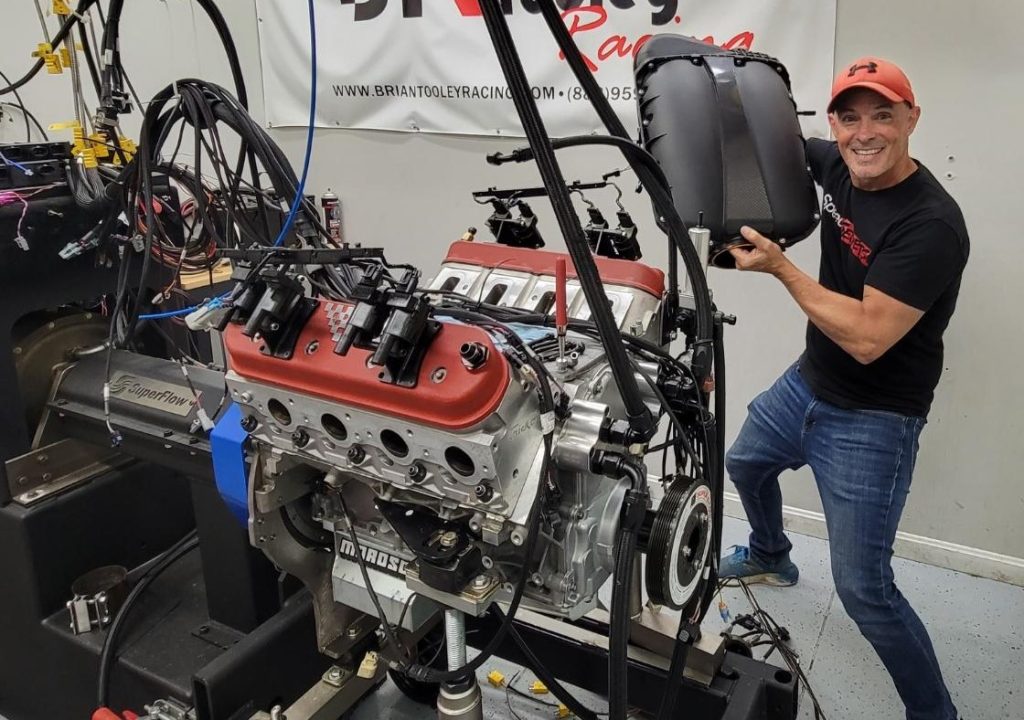
Meet the Performance Design XS Intake Manifolds
The design goals for the XS LS3 intake from Performance Design were pretty lofty. Not only did they set their sights on what was obviously the most impressive stock intake in the entire LS family, they also wanted the intake to fit under the hood, be affordable compared to market place competitors, and be run with boost.
Making power and hood clearance all but dictated the cross-ram runner configuration. What can best be described as the interlocking fingers, a design trait shared with the stock LS3 intake, the Performance Design XS LS3 intake was not simply a copy of the stock manifold. Unlike the factory LS3, the XS intake offered three distinct runner lengths to maximize the supercharging effect offered by wave tuning. Intakes design is much more than just simple airflow.
Runner length helps determine the effective operating range of the manifold. Short runners are tuned for higher effective rpm, while longer runners excel at lower engine speeds.
The tradeoff of each is that when tuned for a given rpm range, they are less effective at the other end of the rpm scale. The key to success is to balance the flow, runner length and other design variables like runner taper and port entry to achieve the desired balance of power production. To beat the LS3 intake, the guys from Performance Design spent endless hours modeling and testing before arriving at the right combination of design criteria.
The task of making an intake to beat the LS3 manifold was certainly an uphill battle, but greater performance was only part of the equation. More power was but one requirement, the new runner configuration also had to fit under the hood.
This design criteria required a novel approach to things like the fuel injectors, rails, and harness.
Unlike most (every?) other intake on the market, where injectors and fuel rails were mounted externally, the Performance Design intake packaged them inside the common plenum. Having been introduced to O-ring sealing on the FAST LS intakes, we have come to accept this type of sealing with multi-part manifold designs. The XS manifold took this to a whole new level. Inside the plenum cover were the injectors, fuel rail and injector sub harness.
The intake featured the internal harness that allowed easy hook up of the injectors, then routed the wiring through the (sealed) shell. All that was necessary was to hook your injector plugs from your harness to the provided plugs from the intake.
Likewise, the feed line for the fuel rail was plumbed through an O-ring fitting that was part of the sealing ring for the clam shell. (For those of you shouting “leak,” the Performance Design guys say the system has been tested to 20 psi!)
Rather than just offer one manifold, the XS is offered in two flavors, one with a 103mm opening and the other with a 112mm throttle opening. We plan to test the smaller version on a cammed 6.2L in the future, but on this 427 test mule from BTR, we decided to go big with the 112mm option.
Heads, Cam & Other Considerations
Naturally the test motor can greatly influence the test results of performance modifications like intake manifolds, cylinder heads, and camshafts. Run a test of ported LS3 heads on an otherwise stock motor and you can expect gains of 10 to 12 hp from cylinder heads that will otherwise support in excess of 700 hp. The reason ported LS3 heads show minimal gains on a stock LS3 (or 6.0L for that matter), is not because ported LS3 don’t work, but rather the test motor is not in a position to take full advantage of the available airflow.
A stock LS3 head will already support 600+ hp, so adding another 100 hp worth of flow on a motor that might make less than 500 hp is of limited value.
The same goes for camshafts and intake manifolds, though it can be said that the stock intake and cylinder heads on the LS3 are obviously sufficient to accept any and all cam profiles that will actually fit the stock piston-to-valve clearance, so that combo is a bit of an anomaly. In most applications, the head flow and or intake design can also be limiting.
The Test Motor
For this test, the motor chosen was a 427 LS7 short block. Given that the Performance Design XS intake was for the LS3 head port configuration, the 427 was equipped with CNC-ported, Trick Flow 255 LS3 cylinder heads. To ensure adequate power to test the merits of the new intake, the motor was equipped with a BTR camshaft that offered 0.625″ lift, a 247/27X degree duration and 112 degree LSA. The motor was finished off with 1-7/8 inch headers, shaft rockers and a Haltech engine management system, all run on e85.
LS3 Intake Test Results
Sure, the Performance Design XS LS3 intake looked fancy, with the fuel rail and injectors all tucked neatly inside the plenum, but the real question was how would all this technology actually work?
There was only one way to find out, stick it on a motor and run it. To establish a baseline, we first configured the 427 stroker with a stock LS3 intake and matching DBW 90mm throttle body. For the throttle body is too small guys out there, we also tried running a larger 103mm throttle body on the 90mm opening with no change in power on the stock LS3 intake. Porting the intake out to allow for the installation of a bigger throttle body might yield some extra power, but the test today was a stock LS3.
***
Run with the stock LS3 intake, the 427 produced peak numbers of 665 hp at 6,600 rpm and 598 lb.-ft. of torque at 5,300 rpm.
***
After installation of the Performance Design intake and matching 112mm throttle body, the power output jumped to 691 hp and 612 lb.-ft. of torque.
***
Not only did the new design improve peak power (maybe expected from a bigger throttle opening), it also picked up peak torque and all without a serious trade off in low-speed torque. There was a small dip in the curve (three lb.-ft. ) near 3,400 rpm, but the Performance Design XS LS3 intake equaled or out-powered the factory intake everywhere else.
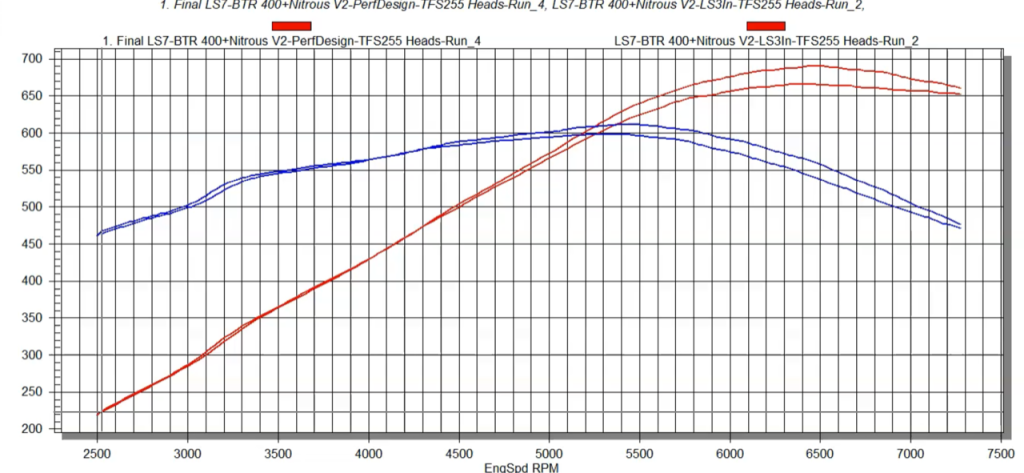
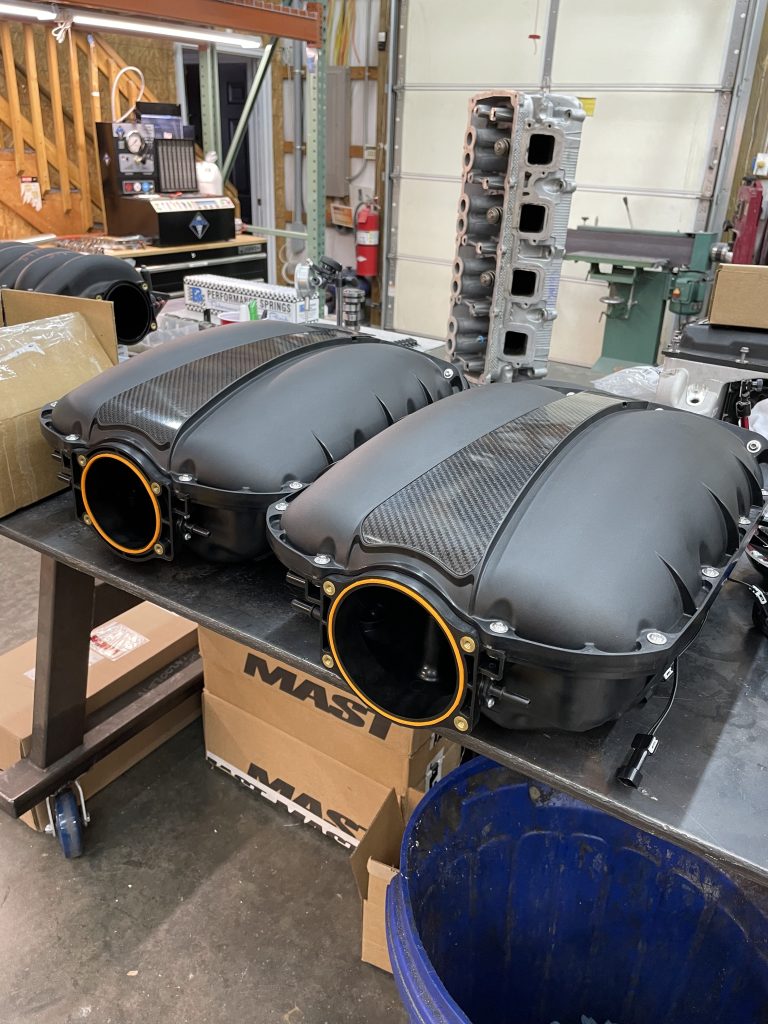
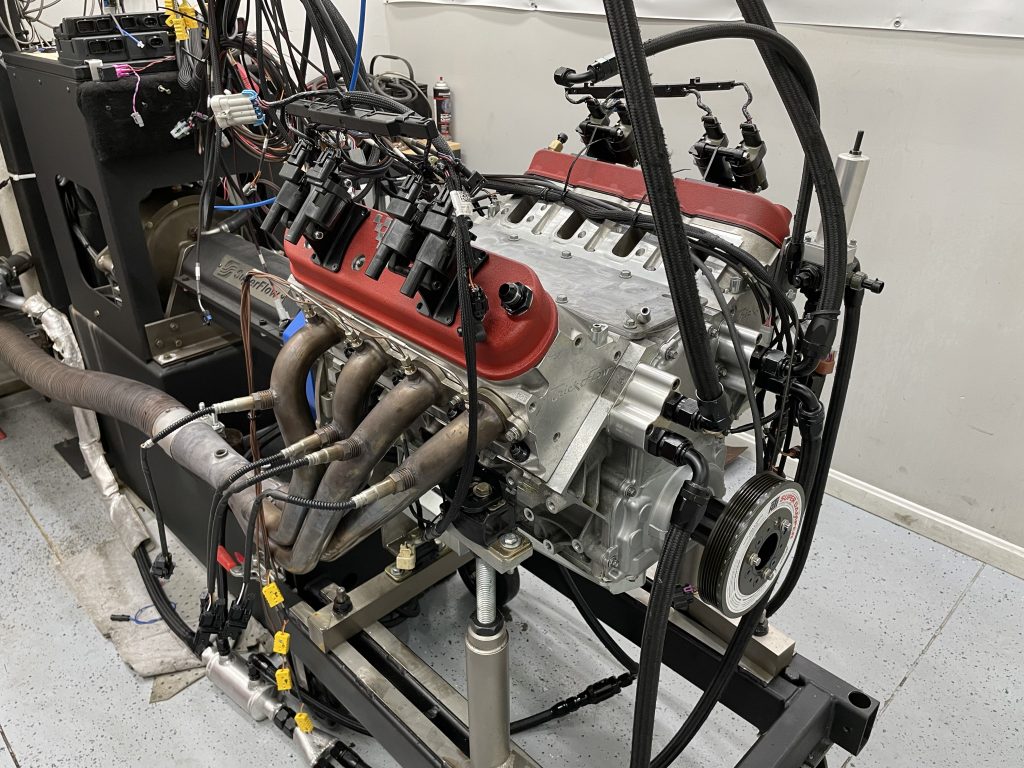

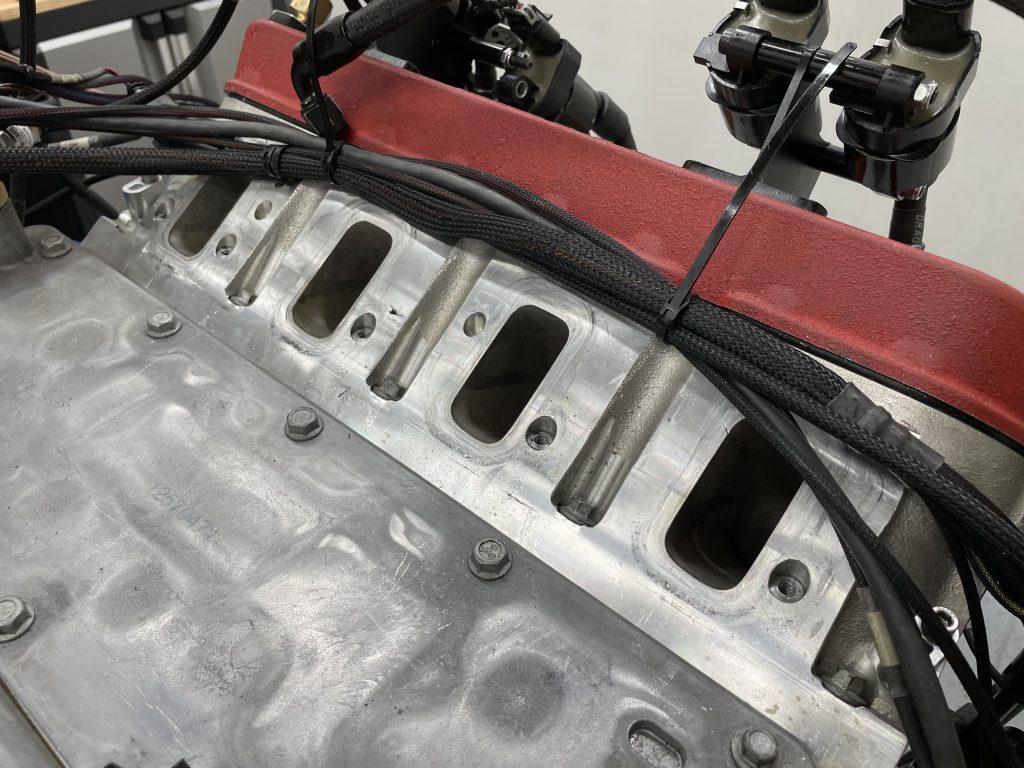
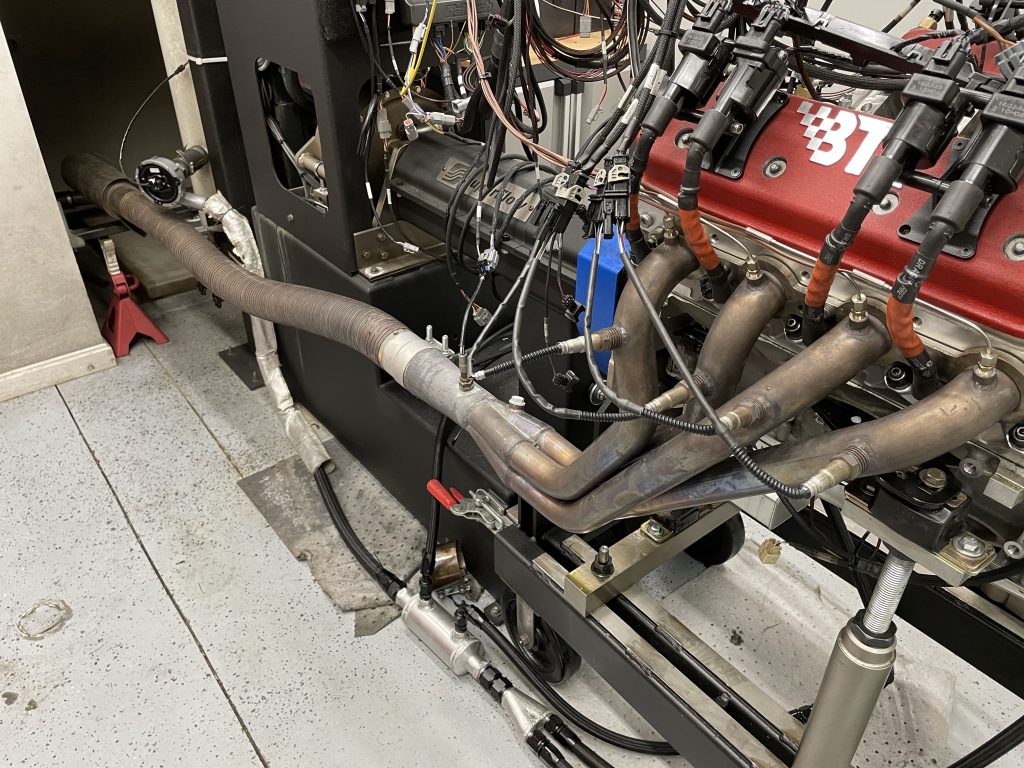
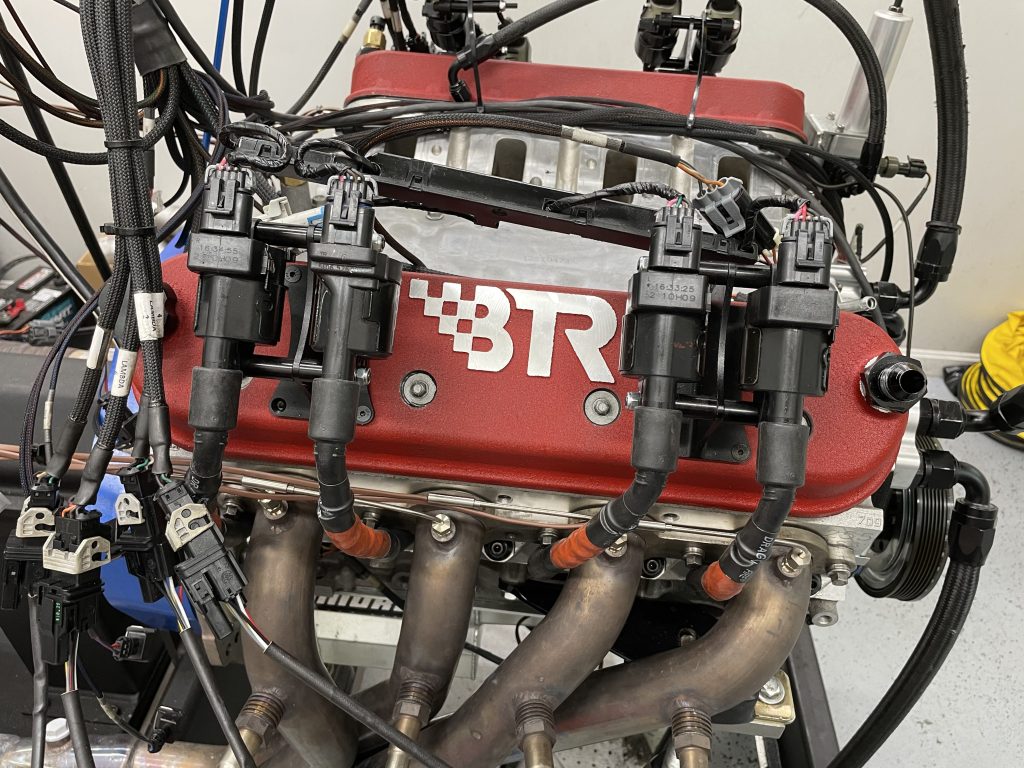
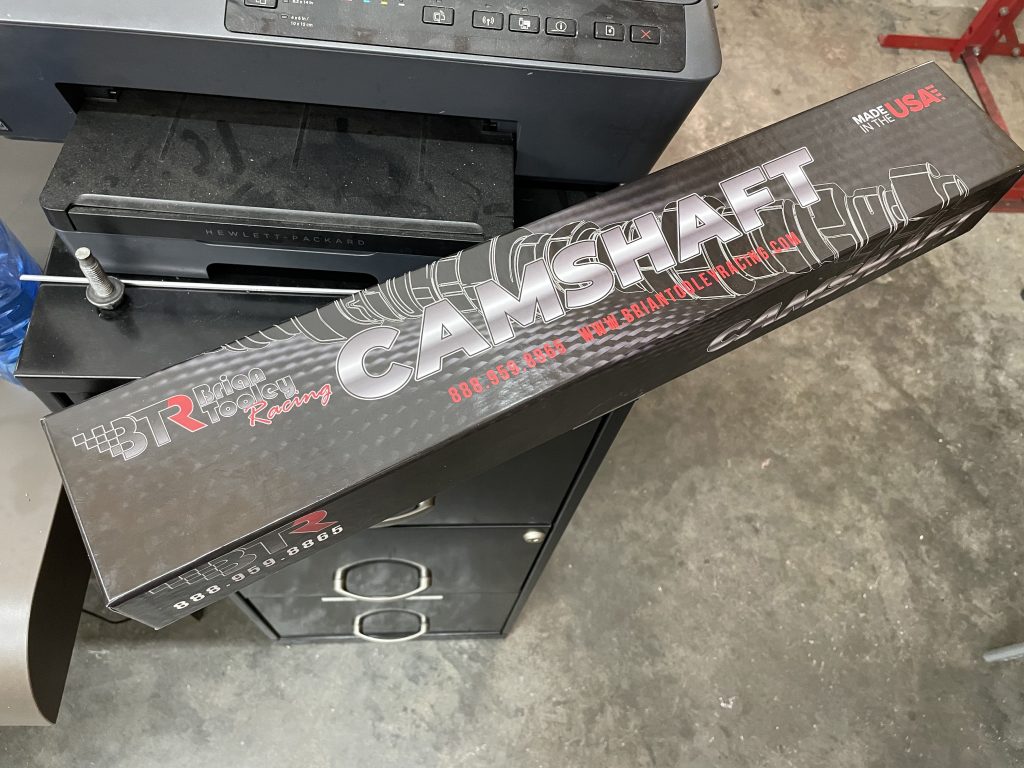
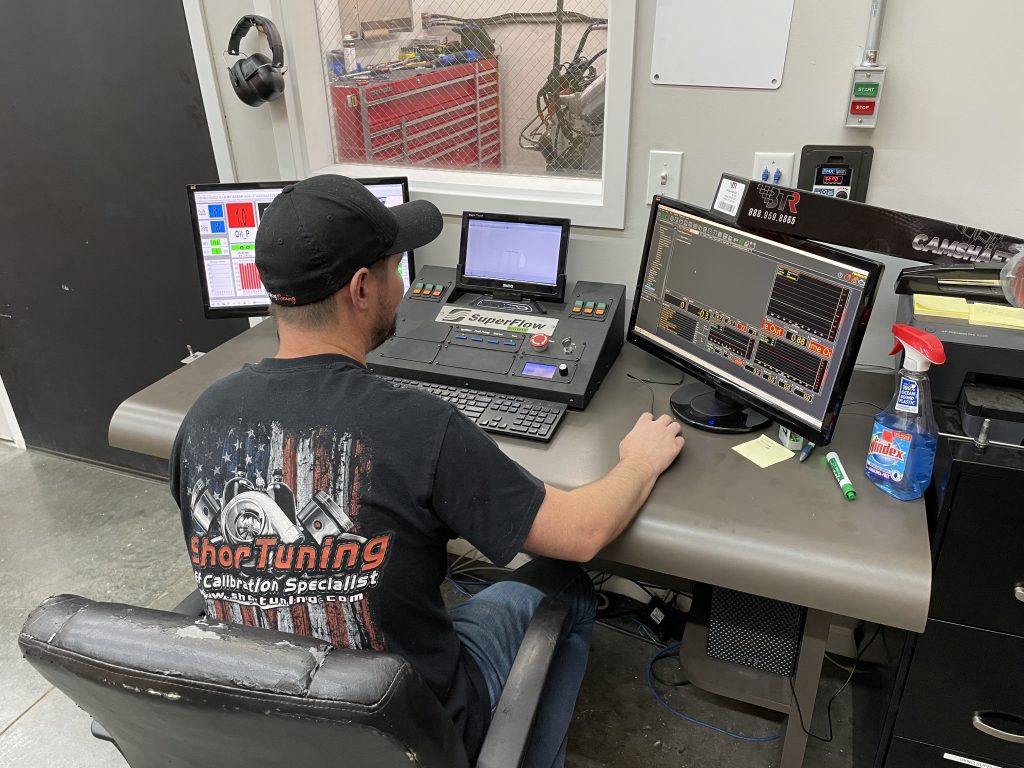
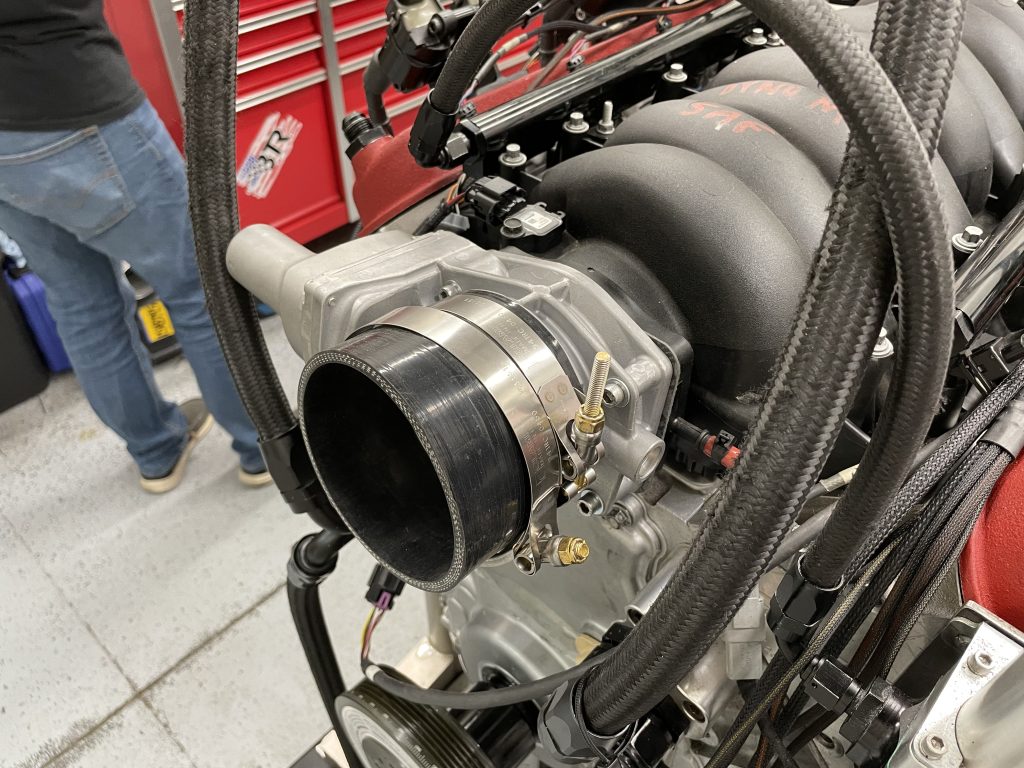
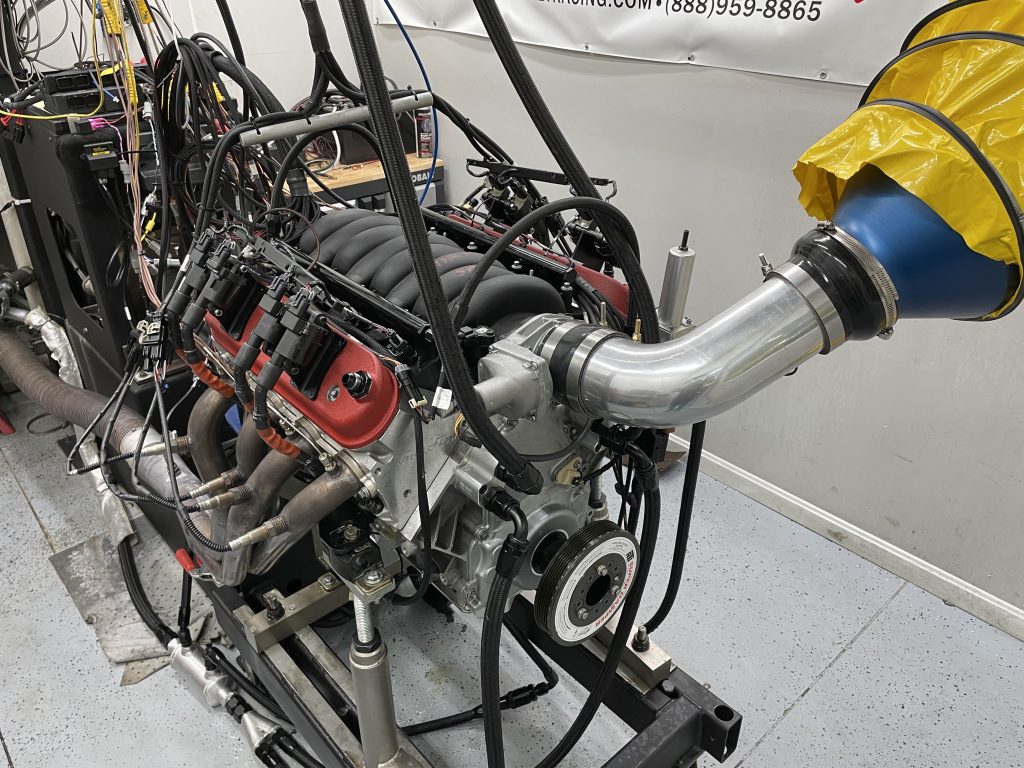
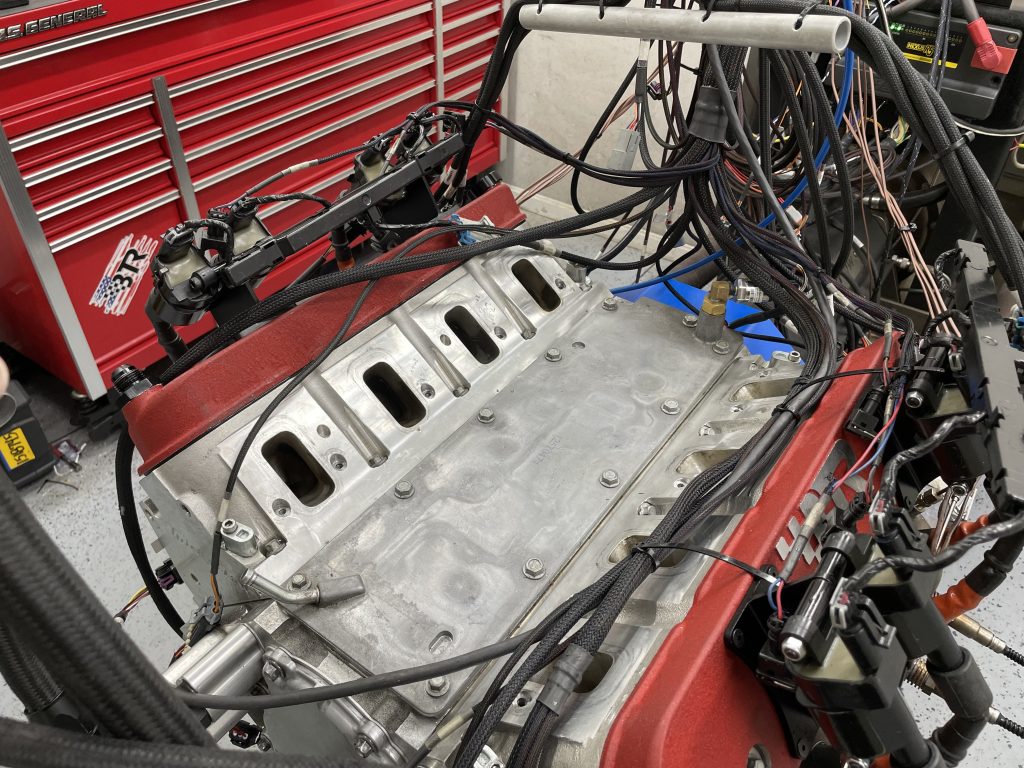
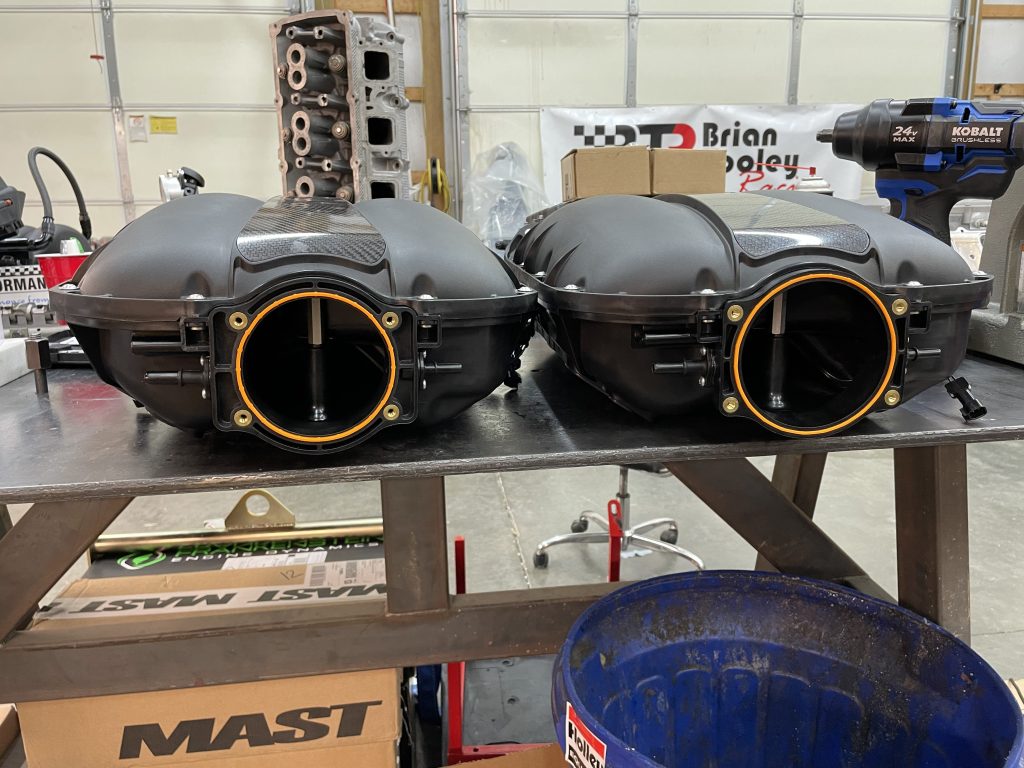
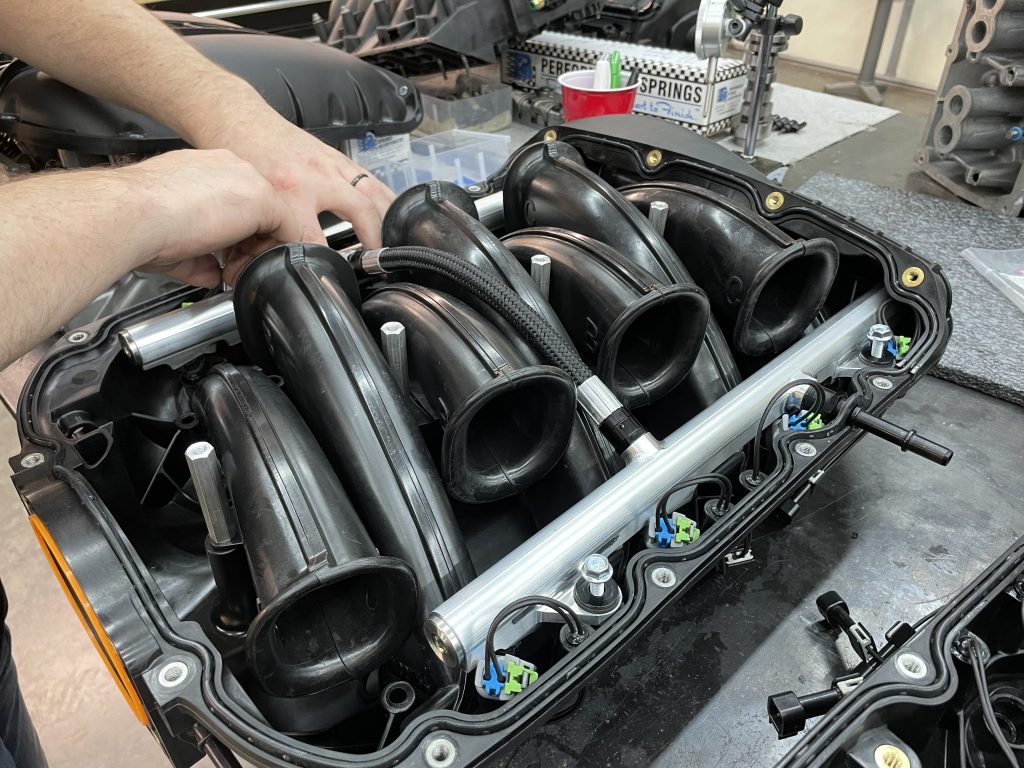
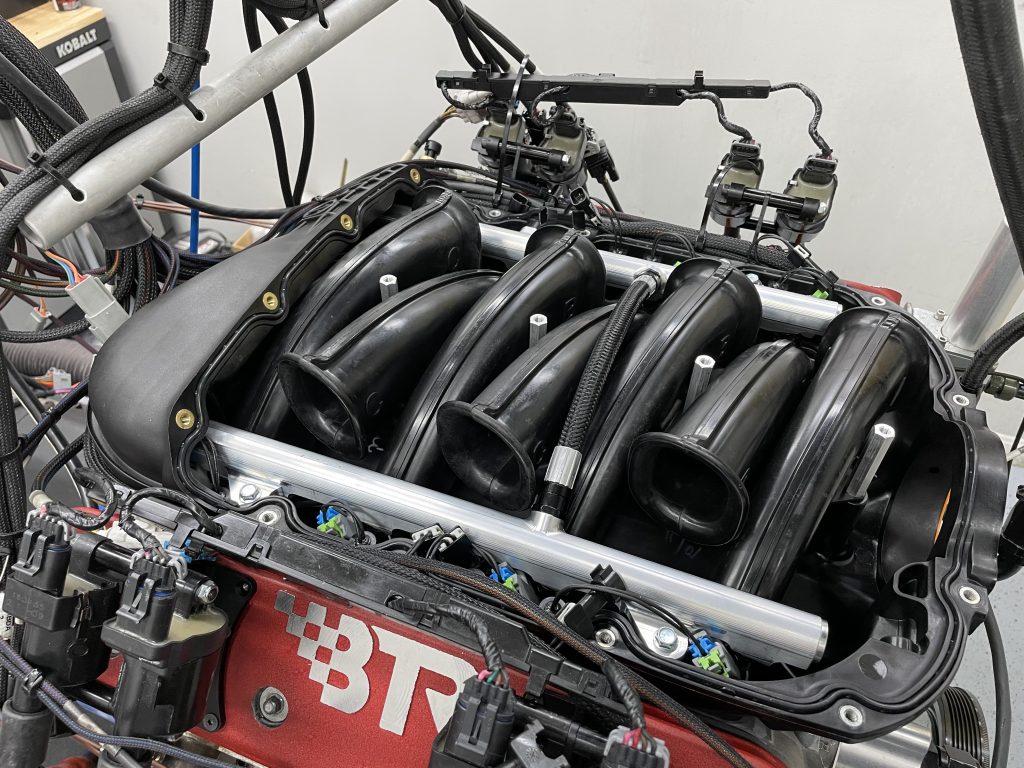

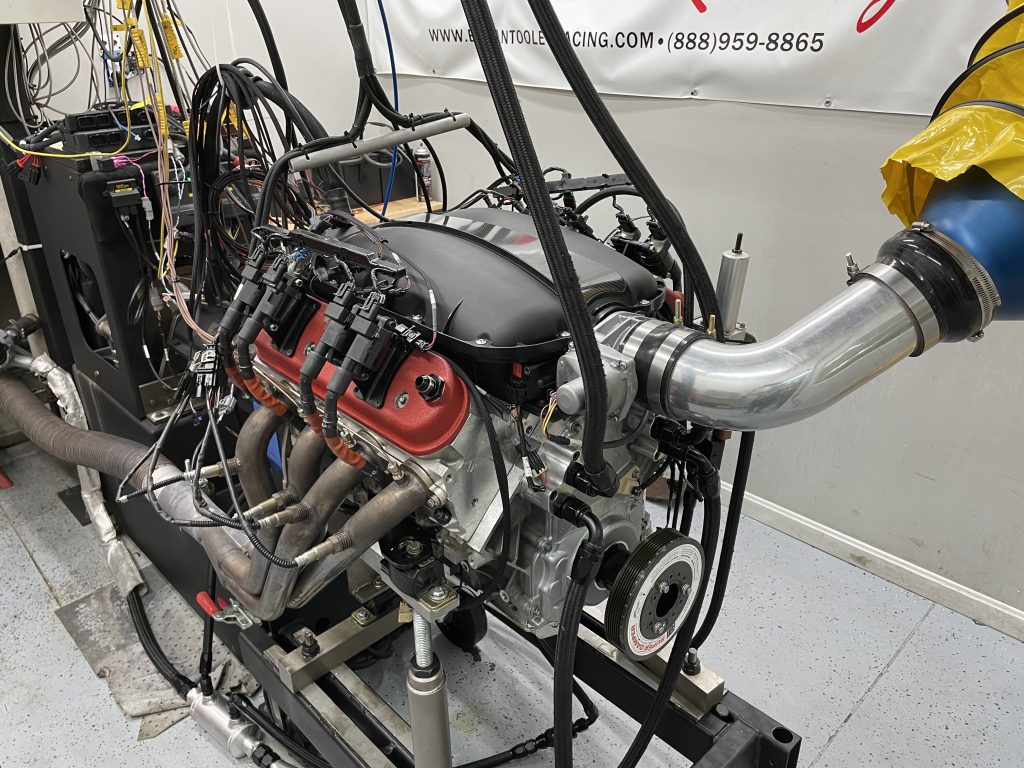
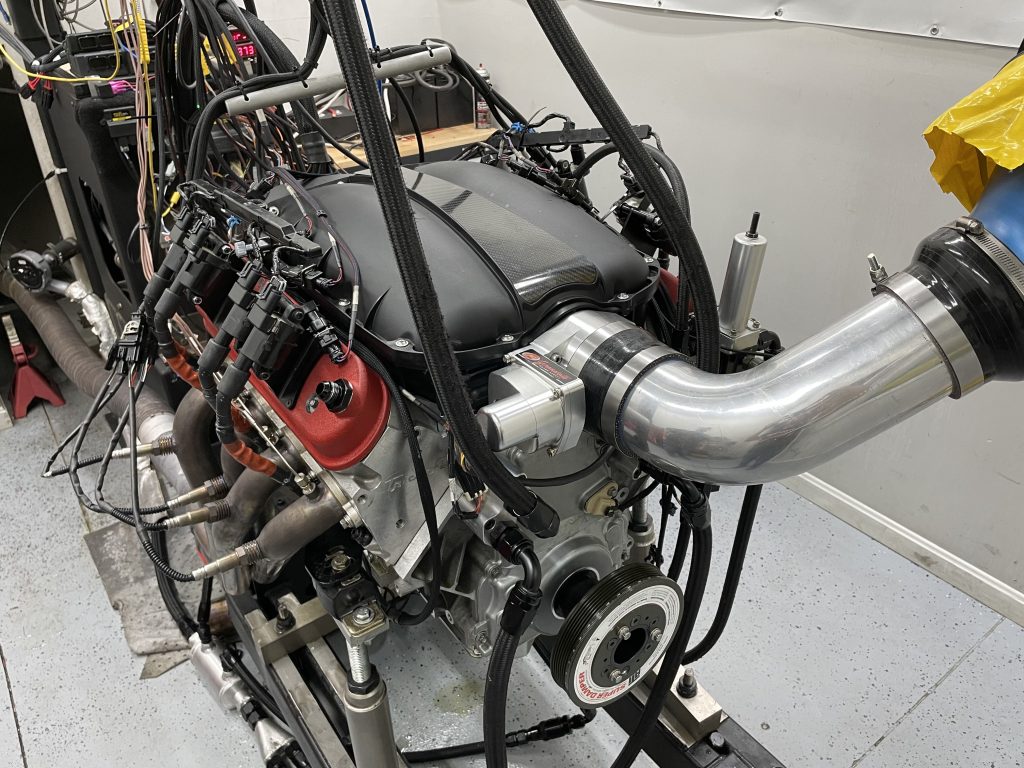

I have an 07 Silverado vortc max. what would b best programmer and cam for it?. have
no mods but air filter